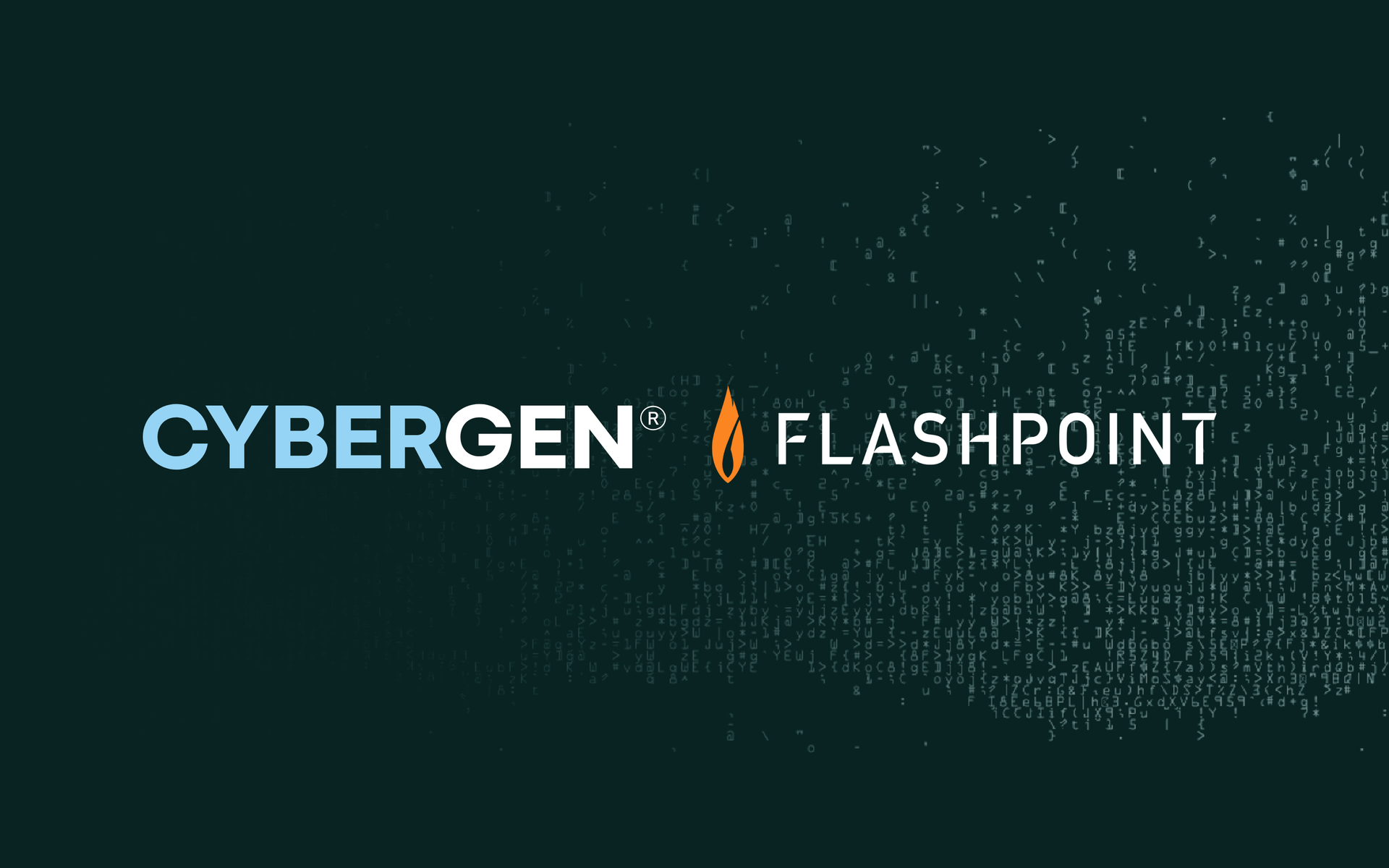Threat-Led Penetration Testing for DORA and NIS2 Compliance: What You Need to Know
Introduction
Organisations across sectors are facing more sophisticated attacks than ever before. Recent regulations, such as DORA and NIS2, now require more rigorous and proactive security practices. For businesses operating in finance, infrastructure or digital services, traditional approaches to cyber defence are no longer sufficient. This is where Threat-Led Penetration Testing becomes essential.
This blog is designed for IT professionals, security officers, business leaders and compliance managers who are responsible for maintaining security and regulatory alignment. We aim to explain Threat-Led Penetration Testing in plain language, outline its value in today’s climate, and show how it differs from conventional testing methods.
Threat-Led Penetration Testing, often abbreviated as TLPT, is a form of cyber assessment that mimics real-world threats using threat intelligence to tailor scenarios. It helps organisations understand how resilient they truly are, not just how secure they appear to be on paper. Think of it like a fire drill conducted by expert arsonists who are trying to outsmart your system in real time.
Unlike standard pen testing, which checks for known vulnerabilities, TLPT examines how adversaries might behave in real scenarios. It reveals weaknesses in people, processes and technology that might not be visible otherwise. With cyber threats growing in frequency and impact, and regulatory pressure mounting, understanding TLPT has never been more important.
Current Threats and Challenges in Cybersecurity
Why Businesses Must Act Now
Why Urgency and Strategy Must Now Go Hand in Hand
Cybersecurity is no longer a background function. It has become central to business continuity, regulatory alignment, and reputational trust. The regulatory environment is shifting quickly, particularly across Europe, where laws like the Digital Operational Resilience Act (DORA) and the NIS2 Directive are raising expectations for cyber maturity. These frameworks are not simply asking if defences exist. They are demanding that organisations demonstrate they can respond effectively when things go wrong.
The growing complexity of the threat landscape means that standard defensive measures can no longer stand alone. Today’s attacks are coordinated, intelligent, and increasingly personalised. Organisations are not just being targeted because they are vulnerable. They are being targeted because threat actors know they are unprepared for specific, advanced tactics. This is what makes Threat-Led Penetration Testing not just useful but essential.
Continuous Testing Builds Lasting Confidence
TLPT should never be viewed as a once-a-year checkbox exercise. Cyber threats do not follow calendars. They emerge and evolve without warning. That is why the most resilient organisations treat TLPT as an ongoing strategic programme rather than a one-off engagement.
By continuously testing defences with realistic, intelligence-driven scenarios, organisations maintain a real-time view of their exposure. They are able to stress-test their teams, procedures and technologies in a safe but highly revealing way. Importantly, TLPT does not just uncover vulnerabilities. It shows how those weaknesses would play out in a real attack. This creates practical insights that teams can act upon immediately.
Regular TLPT also ensures that as the business grows or changes, for example, when adopting new technologies, acquiring other businesses or shifting to remote operations, the security posture remains robust and well-aligned to the threat environment.
Bringing Threat Intelligence into the Heart of Risk Management
At the core of TLPT is threat intelligence. Without it, any testing exercise risks becoming generic and less relevant. Embedding current intelligence into testing allows organisations to focus on the most pressing threats, whether those are targeting their industry, region, or specific systems.
This intelligence-led approach transforms cyber risk from an abstract concept into a tangible challenge. Security teams, board members and operational leaders can all engage with the findings in meaningful ways. By seeing how a realistic attack would unfold, decision-makers are better equipped to assess risk and make informed investments in the right areas.
Aligning test scenarios with actual attacker behaviours also ensures that every layer of defence is being evaluated under pressure. From technical controls and detection capabilities to human reactions and crisis management plans, nothing is left unexamined. This is what true resilience looks like.
Preparedness as a Cultural Mindset
Ultimately, TLPT is about preparation, not fear. It offers a safe environment to explore the worst-case scenarios, with the goal of ensuring those scenarios never happen in real life. This type of preparedness builds what many organisations lack, muscle memory.
When teams experience what a targeted ransomware attack feels like, they react faster next time. When executives are put in the middle of a simulated data breach, their ability to lead in a crisis improves. When processes are tested under stress, the cracks appear before real attackers find them.
This cultural shift, from compliance-driven to resilience-driven, is what modern cybersecurity demands. TLPT empowers organisations to move beyond reactive defence and into a proactive, confident security stance. In doing so, they protect not just their data, but their reputation, their people and their long-term viability in a digital-first world.
Understanding Threat-Led Penetration Testing
Threat-Led Penetration Testing combines technical assessment with intelligence-led tactics. The approach uses up-to-date threat intelligence to simulate attacks relevant to your sector and digital environment.
Unlike conventional penetration tests, which rely on static checklists, TLPT assesses how a real adversary might infiltrate your systems, pivot through your network, and attempt to compromise sensitive assets. The objective is not to tick boxes but to uncover blind spots that could be exploited by attackers.
The scenarios are typically based on threat actors' tactics, techniques and procedures (TTPs). For example, if your industry is being targeted by groups using remote access trojans, your TLPT exercise will simulate such an intrusion to test your controls.
TLPT focuses on resilience, how well your organisation detects, contains and responds to simulated attacks. It evaluates both technical defences and organisational response.
TLPT and DORA Compliance
The Digital Operational Resilience Act (DORA) is an EU regulation aimed at financial entities. It mandates firms to demonstrate the ability to withstand and recover from all types of ICT-related disruptions. TLPT plays a central role in this model.
DORA explicitly calls for advanced testing including Threat-Led Penetration Testing, especially for critical systems. The regulation requires that institutions conduct tests which reflect real-world attack patterns. TLPT supports this by using sector-specific threat intelligence to create relevant attack scenarios.
This helps financial institutions go beyond theoretical compliance. They gain insights into their ability to detect threats early, coordinate responses and protect client data. Without TLPT, compliance becomes a paper exercise rather than a practical validation of security.
How TLPT Differs from Traditional Pen Testing
Traditional pen testing is often scheduled annually and focuses on discovering known vulnerabilities in applications, networks or infrastructure. These tests are useful but limited.
TLPT is intelligence-driven, not checklist-driven. It is based on how real attackers operate, not just known vulnerabilities. Traditional tests look for flaws. TLPT evaluates resilience.
TLPT scenarios evolve in real time, adapting to the environment as the attack progresses. Traditional tests do not simulate the behaviour of advanced threat actors.
In short, traditional pen testing asks "Is this secure?" TLPT asks "Can we defend against a real-world attack and recover quickly if breached?"
Red Teaming, TLPT and BAS, What’s the Difference?
Red teaming is often confused with TLPT but they are not identical. Red teaming involves a group of ethical hackers acting as adversaries to test an organisation’s defences without prior notice. It is broad in scope and often covert.
TLPT shares some similarities but is more structured. It follows regulatory guidelines and uses specific threat intelligence to design its scenarios. It also includes clear objectives and measurable outcomes aligned with compliance.
BAS (Breach and Attack Simulation) tools, on the other hand, are automated platforms that simulate attacks using pre-programmed behaviours. While useful, BAS lacks the human ingenuity of TLPT and cannot fully replicate adaptive threats.
TLPT offers the depth of red teaming and the structure needed for regulatory audits, making it ideal for compliance and resilience assessments.
Resilience and Board-Level Reporting Benefits
One of the key values of TLPT is the insight it provides to executive leadership. Board members are increasingly accountable for cyber risk. TLPT helps convert complex technical results into actionable business intelligence.
Post-assessment reports highlight strengths and weaknesses, quantify risk exposure, and offer remediation plans. This enables leaders to make informed investment decisions and allocate resources effectively.
Resilience is not just about technology. It is about preparing people and processes for disruption. TLPT helps evaluate readiness across the organisation.
By participating in exercises that simulate real crises, businesses can strengthen their internal collaboration, incident response, and executive communication. This builds a culture of resilience from the top down.
Building a Resilient Cybersecurity Framework
Strengthening cyber resilience begins with the right mindset. A threat-informed defence strategy allows organisations to prepare for what attackers are most likely to do, rather than what they might do in theory. It shifts the focus from reactive protection to proactive anticipation.
To begin, organisations must understand the threat landscape specific to their sector. This means identifying which types of threat actors are most active in their industry and what tactics they commonly use. Collaborating with intelligence providers or accessing threat-sharing platforms can deliver timely and relevant insights.
Once the risks are understood, organisations should integrate Threat-Led Penetration Testing into their regular operational assessments. TLPT simulations should mirror actual attack behaviours and target high-value assets or known weak points. The focus must be on improving detection, coordination and recovery, not just identifying vulnerabilities.
Security frameworks provide an essential foundation. The NIST Cybersecurity Framework offers a structured method for managing and reducing cybersecurity risk. Similarly, the UK’s Cyber Essentials scheme ensures that baseline protections are in place. These frameworks help guide decision-making and ensure that controls are proportionate to risk.
Training is another critical factor. Human error continues to be one of the most common causes of security incidents. Ongoing education for IT teams, security staff and even non-technical employees ensures that everyone understands their role in protecting the organisation.
Incident response plans must be documented, tested and refined regularly. Simulation exercises help teams gain confidence and coordination under pressure. They also expose flaws in processes that might not be obvious until a real incident occurs.
Cyber threats do not remain static. Adversaries constantly evolve their techniques. Regular TLPT exercises, combined with adaptive controls and informed leadership, ensure that organisations remain ready for whatever comes next.
The Cybergen Approach
Cybergen offers a comprehensive TLPT service tailored to your business environment. We use CREST-accredited experts and intelligence partners to develop targeted scenarios based on real threats.
Our team works collaboratively with clients to identify key assets, map attack surfaces and deliver assessments that test both technical controls and human response. We ensure that each test delivers measurable value.
We also offer support with DORA and NIS2 compliance through our integrated advisory services. This includes post-assessment remediation planning, board-level reporting and training.
Through our managed cybersecurity services and proactive threat intelligence, we empower businesses to stay ahead of emerging risks.
Summary
Threat-Led Penetration Testing is not just another cybersecurity tool. It is a strategic necessity in a time when threats are more complex and regulators demand evidence of resilience.
Organisations that invest in TLPT gain a deeper understanding of their weaknesses, improve their response and recovery capabilities, and build trust with customers and regulators.
Cybergen is here to help you transform your approach to security. Whether you need help getting started with TLPT, aligning with DORA or NIS2, or building a full cybersecurity programme, our team is ready to support you.
Stay proactive. Stay secure. Contact Cybergen today to learn more about how we can help you strengthen your resilience and compliance.
Ready to strengthen your security posture? Contact us today for more information on protecting your business.
Let's get protecting your business
Thank you for contacting us.
We will get back to you as soon as possible.
By submitting this form, you acknowledge that the information you provide will be processed in accordance with our Privacy Policy.
Please try again later.








